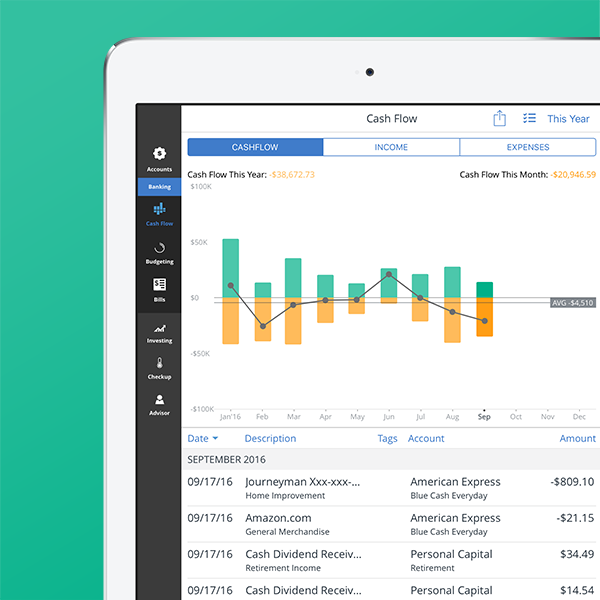What has $34,000 in annual income, $40,000 in annual expenses and $148,000 in debt? I’ll give you some time to think about it.
Maybe you said the average American household. Maybe you got more specific and said the average Millennial. Those both would be wrong.
According to the Congressional Budget Office, the correct answer is the United States Government. Well, at least if you added 8 zeros.
The Problem with Large Numbers
I don’t know about you, but when I first looked at the US like a household, it was fairly surprising. I knew that the US debt has been climbing and that spending has exceeded revenues, but when politicians talk about billions and trillions of dollars, it’s difficult to really fathom.
That’s the problem with large numbers or percentages, they are too abstract. As humans, we like things to be concrete. It’s the reason you so easily remember urban legends. Stories about the Jersey Devil or chupacabras are often told with details about real locations or things you can relate to. These details are what ground the story and engrain them in your mind.
Algebra on the other hand? That took a little bit longer to sink in. Remember the first time you learned letters could also be numbers? Math, in general, is an abstract concept, making it much harder to understand.
It’s the same principle with extremely large numbers. If someone says she lives 5 miles away, you can get a pretty clear picture in your mind about how far that is.
But if I told you the sun is 92.9 million miles away, can you imagine that distance? Probably not.
Gaining Perspective
These few examples illustrate the importance of having the correct perspective when it comes to your finances. When you shrink the US budget down from trillions to thousands, it makes it more relatable.
While it’s nearly impossible to image a million dollars, it’s definitely impossible to image a few trillion.
Picturing America as a household changes that. Now you can apply your own knowledge about your own household’s spending and debt levels to those numbers. Having this frame of reference makes It a lot easier to judge the health of the US Budget.
Changing the unit of measure of your own finances can have the same effect.
Total Vs. Daily
Paying off student loans is a major financial accomplishment in one’s life. However, when you just get out of school it can seem like an impossible task. The average 2016 graduate had $37,172 in student loan debt, but this number can easily be double or triple that.
Thinking about paying off $30,000 or $50,000 or even $100,000 can be extremely challenging and frustrating. Because these numbers are so large and abstract, it’s difficult to see a path to paying it all off.
Changing your perspective to a daily amount makes things easier. The average monthly student loan payment was $351 in 2016. That works out to around $11-12 a day. You’re able to see the smaller amount in more concrete terms. Maybe that’s packing a lunch instead of eating out. Or maybe it’s skipping Starbucks. However you view it, thinking about how to save $11 a day is much easier than focusing on paying off a 5 or 6 figure balance.
Related: Learn 15 Simple Ways to Save $1 a Day
The Problem with Percentages
When it comes to personal finance, you often hear people talk in terms of percentages. What is your saving percentage? Or you should only spend a certain percent on housing. Thinking about something as a percent is too abstract. Sure, if I said 25% or 50%, you can easily convert that to a quarter or half of something. But what about 12% or 65%?
To make percentages more concrete, convert them to actual dollar amounts. When dealing with your budget, it’s also a good idea to view everything as part of $1.
For instance, if you make $50,000 a year, divide all of your income and expenses by 50,000. This way you can see how much you spend and save per dollar earned. If you’re able to save $5,000 a year, then you would be saving 10 cents ($5,000/50,000) for every dollar you earn.
It becomes much easier to put your savings in perspective this way. You can visualize a dime per dollar better than a 10% savings rate.
Next time you are faced with a large, abstract number remember to change your perspective. You’ll make it more concrete and easier to understand.
How do you put your finances in perspective? Let me know in the comments.







Leave a Reply